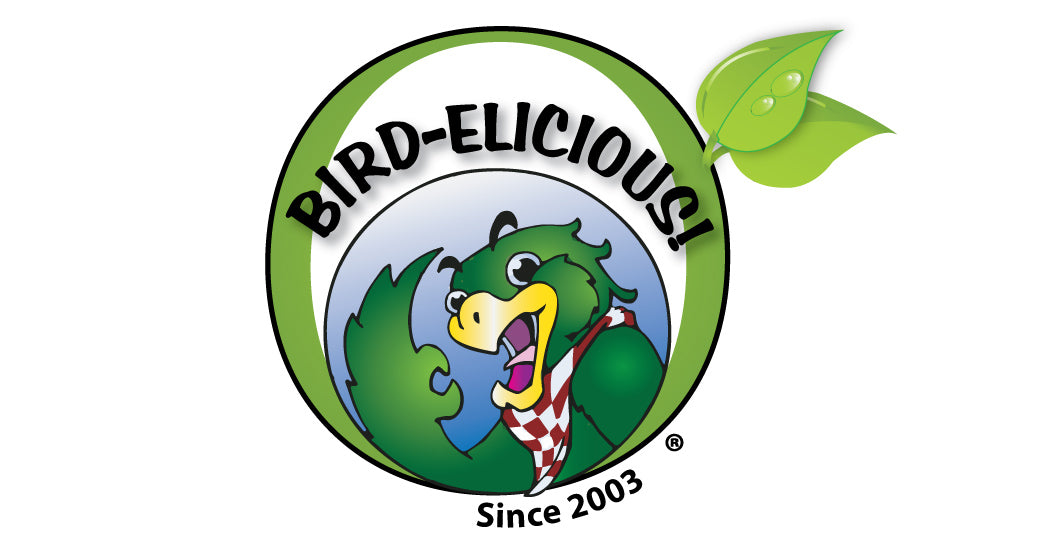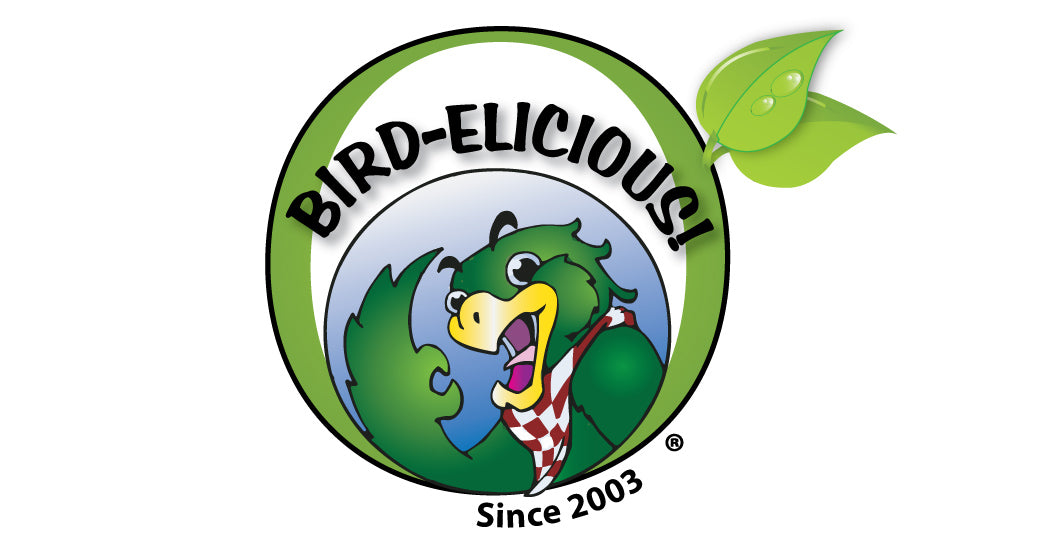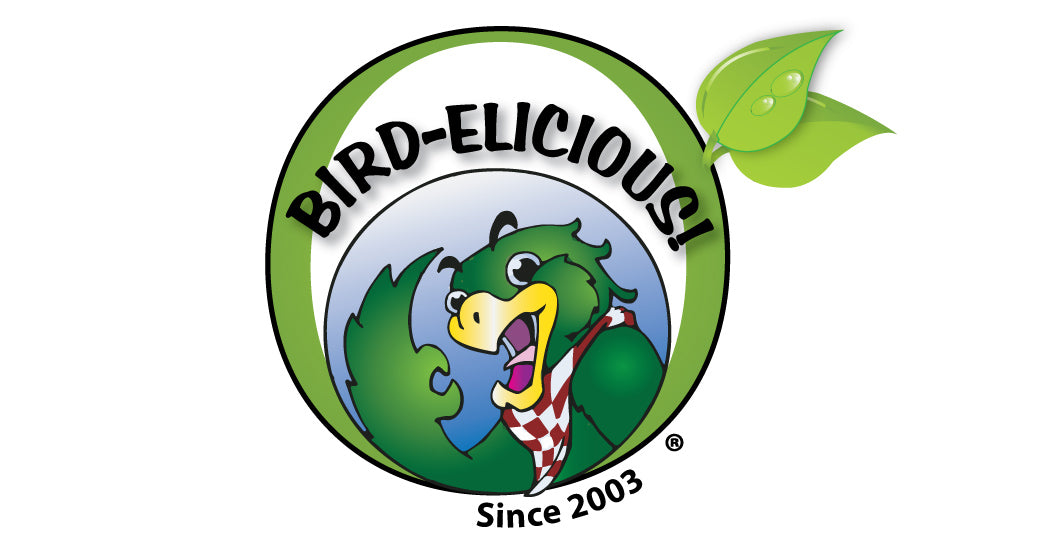If so, why and what kind?
“Geophagy“, or the practice of “eating dirt” may be somewhat uncommon to us, but birds do it all the time. In fact it’s part of a healthy diet for birds of the wild.
I had to do a lot of research to write my avian nutrition book You Can’t Take the Rainforest Out of the Bird. One of the nutrients I covered was “protein” and one of the spring-off topics from protein was clay and how a certain element in clay helps with the digestion and the metabolism of protein.
There seems to be a lot of discussion on social media about clay in the diet of parrots, and once again this topic has resurfaced. I would like to dispel any false or misinformation that may be circulating about clay. Like I said, I had to perform a lot of research for each small section I wrote in my avian nutrition book. I take subjects like this very serious where our companion birds and their health are concerned.
Clay is indeed vital to the overall good health and stable homeostasis of our companion birds, just as important as it is to birds who live in the wild. Without clay not only can their systems not fully detox as it was first hypothesized about the function of clay in a bird’s diet, but certain digestive processes in the metabolism of foods cannot fully be carried out by the digestive tract. This is not a hypothesis; this is fact.
It has been observed by the Tambopata Research Team that wild Macaws fly off to the clay licks soon after they consume fruit and fill their crop full of fruit. Understanding the process by which a parrot’s digestive tract makes use of plant proteins one can fully understand why the clay is so vitally important. Dr. Brightsmith and his team found that parrots were consuming clay for the content of the sodium. While plants contain dietary sodium of their own, in my opinion plants on their own don’t contain enough sodium to initiate and carry out the “hydrolysis” process within the digestive tract.
Hydrolysis is the breaking down of the dietary proteins. All nutrients, proteins included must be broken down into their most useable and smallest molecules; single-unit amino acids in the case of proteins. Carbohydrates (fiber) must be broken down into single-unit monosaccharides. It is only these single-unit molecules that can be used by the metabolic system as total and complete nutrition, especially by such small creatures with extremely high metabolisms.
So what is the role of the sodium in clay nutritionally speaking? Sodium draws out digestive acids from the walls of the digestive tract into the actual digestive system. This begins and carries out the hydrolysis process; the breaking down of the nutrients into single-unit, free-form molecules to be reabsorbed into the digestive walls and into the blood systems, or metabolic system as useable nutrients. If food were to remain as large, whole pieces no nutrition would be absorbed into the metabolic system, most of it would be eliminated and birds would experience “failure to thrive” – much like many of our birds who are suffering malnutrition even though they eat, eat and eat, become obese, but die of human-like illnesses. I contend that our captive, companion birds simply do not have enough elemental dietary sodium in their diets in the “correct form” to begin and carry out the complete hydrolysis process.
You see, clay is very, very important to a bird’s dietary plan, but it must be a certain kind of clay having a particle size that can be absorbed deep into the walls of a bird’s small and unique digestive tract. Herein is where I re-introduce Terramin® clay. I have had many conversations with the owner behind Terramin® clay and we do not agree on the particle size necessary for a parrot’s digestive tract, but then the owner has not studied parrot nutrition; I have. The owner studies clay. The owner’s company produces clay for “pets”, but it has a much larger particle size and is not FDA approved, human grade. I will not recommend this variety for our parrots. I will only recommend Terramin® because it is FDA approved, human grade AND it is the RIGHT particle size for a parrot’s digestive tract. The particle size difference is crucial for a parrot. The “pet” variety particle size ranges from 7mm to 12mm whereas the human grade variety ranges from 3mm to 7mm. For a parrot this is a huge difference when it comes to absorption and digestion.
Now, let’s turn to the more obvious, why Terramin® brand to begin with? Why not some other brand of clay? Most any other brand will simply be of the bentonite montmorillonite variety, an industrial clay more commonly used for drywall. It will be white in color. The industrial variety often contains high levels of heavy metals. The clay I am recommending is brown to reddish-brown in color and is CA-Montmorillonite and contains a reliable form of calcium.
I tire so at the many avian supplements using sub-standard ingredients passing them off as premium products and gouging the avian community. I take personal responsibility to educate the avian community and tell the truth about what you are purchasing when you purchase these products. Personally I don’t care if you buy your Terramin® from me or somewhere else, even locally in your neighborhood. Just.buy.it.for.your.bird!
How do you use clay? When birds eat fresh food they need the dietary sodium, along with all of the other minerals in the balanced ratio they are found in this clay to begin the hydrolysis process. All you need to add is just a tiny pinch to a full serving of fresh, moist food. That’s all! Don’t overdo it. –How will you know if you are overdoing it? You bird’s droppings will begin to look dry and pellet-like. Seriously, it only takes a miniscule of a pinch to each serving of fresh food to begin this hydrolysis process! But your bird needs this added just like the birds in the wild! Otherwise your bird is not fully breaking down its food in the digestive tract and a lot of the nutrients from your bird’s food is getting eliminated instead of getting digested and metabolized.
Here is an excerpt from my book regarding the “hydrolysis process, clay and sodium” –
“While researchers now understand that parrots flock to clay licks in
the wild because they are searching out nutrients, mainly sodium,
they have not yet discovered why parrots have such a tremendous
need for sodium in their diet. I find it interesting that parrots seek
out sodium at the same time their consumption of fruit is high. 77.5.49
I contend that most of the synthesizing of the types of protein our
companion birds consume (plant proteins) is going to be performed
by the hydrolysis process. This process utilizes dietary sodium, like
wild birds find at the clay licks and the proteases (digestive enzymes)
in the plants themselves. This is a completely different method
of synthesizing protein than we have learned about regarding
protein absorption. This method of breaking down proteins doesn’t
require an abundance of the essential amino acid methionine as we
have been led to believe our companion birds need. Methionine is
found most abundantly in sources of animal protein. Although it is
found in plant protein as well, the content is much lower.
I believe that hydrolysis begins when sodium enters the digestive
tract, attracting or drawing out the digestive acids from the tract.
Hydrochloric acid, one of the key digestive acids denatures proteins,
preparing them for additional degradation by pepsin, trypsin and
chymotrypsin. First, the hydrochloric acid is neutralized by sodium
bicarbonate in the duodenum. In order to ensure there is sufficient
sodium bicarbonate, parrots consume the sodium-containing clay
because sodium aids in the production of both hydrochloric acid
and sodium bicarbonate. 78.5.50, 79.5.51 Once the correct level of
sodium bicarbonate is available in the digestive tract, the hydrochloric
acid is neutralized. Then the three proteases or digestive acids, pepsin,
trypsin and chymotrypsin, go to work degrading the proteins further
into free-form amino acids which can then be completely and
totally absorbed by the metabolic system.
Hydrolysis helps to denature, or break the proteins down, into free form
amino acids. This is accomplished by the hydrolysis method
using proteases found in plants, combined with the digestive acids
in the digestive tract. Therefore, methionine is not the only nutrient
needed for the absorption of protein. It is mainly a sulfur-containing
amino acid needed as a building block to regenerate skin,
beaks, talons and feathers along with muscle mass.”
~ You Can’t Take the Rainforest Out of the Bird by Machelle Pacion
Pgs 86,87
So yes, clay is very, very important in fulfilling the dietary requirements of our beloved companion parrots! However, not just any old clay will do. To ensure your feathered friend is receiving all it can from the “dirt” it is consuming pay a little extra for the best clay, instead of totally wasting your hard-earned money on an industrial clay that really isn’t doing anything at all for your beloved bird – and may in fact be harming your bird if it contains heavy metals! Choose CA-montmorillonite clay, brown to reddish-brown in color, similar to what Peruvian clay is, not white bentonite industrial clay lacking the essential calcium and all of the other trace minerals. Purchase a clay brand that shows the complete analysis of their trace minerals like Terramin®, they aren’t afraid of revealing the C.O.A. because they are proud of their product!
Now that we have discussed this in full…please enjoy this truly awesome video from the Tambopata Team! Macaws In Slow Motion -Getting Smarter Everyday Pay extra special attention at point 5:19.
And here is an article you might find interesting about the subject matter:
“Why Do Hundreds of Macaws Gather at These Peruvian Clay Banks?”
©8.25.16 Passion Tree House LLC




Machelle
January 08, 2019
Yes, Cockatoos and all birds, including parrots have access to “dirt” which is very similar to the Peruvian clay inasmuch as all dirt in their indigenous regions offer what those species that live in the region need for healthy gut flora. The only way we know to be safe to supply “dirt” or “clay” or whatever you want to call it…is to provide a reliable clay source. Dirt/clay provides the very microbiome-producing enzymes, bacteria etc to help produce healthy gut flora. At this point in time no one can provide the specific dirt/clay from each region for each species. CA-Montmorillonite clay is one type that has shown to help gut flora across the board to many, many species mammal, ave, rodents, etc.